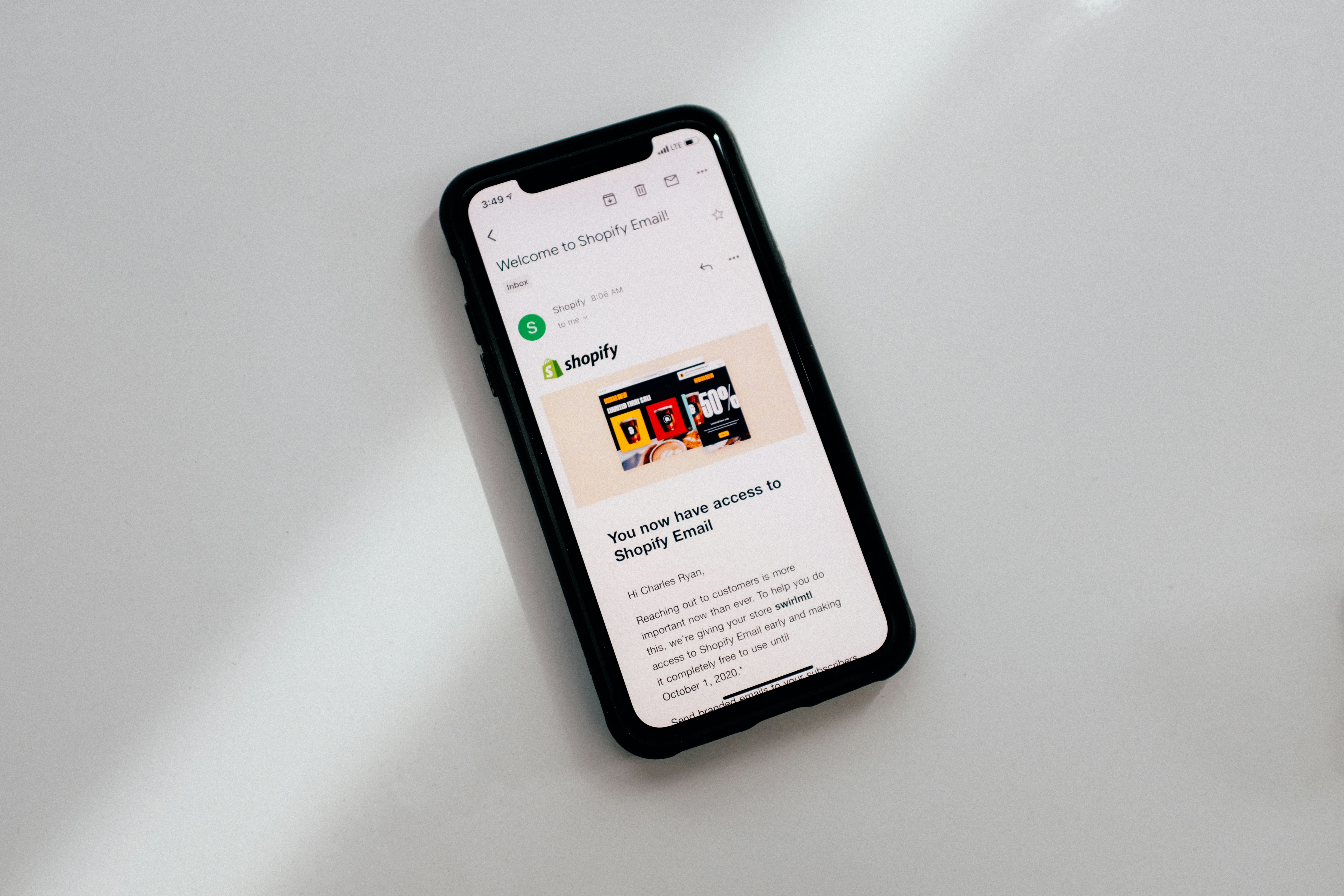Back
Educational
Blog vs Newsletter: 9 Key Differences You Need to Know

Sophie
Marketing Consultant
What is a Blog?
A blog is an online platform where individuals or brands share content in the form of articles, tutorials, personal stories, or expert opinions. Blogs are often used to inform, educate, or entertain readers and they play a key role in driving organic traffic through search engines.
The first blog is said to have appeared back in 1994, and while the technology has evolved since then, the core purpose remains the same: to communicate ideas to a wider audience.
Blog posts can be long or short, casual or professional, and may include text, images, videos, or audio to illustrate a point. Many businesses use blogs to improve their website’s visibility (via SEO), demonstrate expertise, or promote their products and services.
One of the best parts about blogging is its low barrier to entry. With platforms like Medium, WordPress, or Squarespace, you don’t need coding knowledge or a big budget to start. A blog can be a powerful tool to build authority in your niche and attract readers from around the world.
What is a Newsletter?
A newsletter is a piece of content sent directly to your subscribers via email. Unlike blogs that are published publicly, newsletters are delivered straight to a person’s inbox creating a more personal and direct connection.
Newsletters often contain stories, updates, exclusive offers, or curated links. For creators and marketers, it’s a way to stay in touch with your audience, nurture trust, and promote products or services without relying on social media algorithms.
The key difference? Your newsletter audience has opted in to hear from you. This makes it a “warm audience” people who are already interested in what you have to say and more likely to engage with your content or buy what you're offering.
Most newsletters are sent weekly or bi-weekly, but the frequency is flexible. What matters more is consistency and providing value in every send. Newsletters are not indexed by search engines, which means they won’t bring in new readers the way blogs do but they’re powerful for building loyalty with existing fans.
How Blogs and Newsletters Work Together
Blogs and newsletters can complement each other beautifully. You might use your newsletter to share personal stories, quick tips, or timely updates and link to your blog for in-depth content on the same topic.
For example, if you’ve written a blog titled “5 Steps to a Successful Digital Product Launch”, your newsletter could tease the first two steps, share your own experience, and then drive readers to the full post. This keeps your email audience engaged while also increasing blog traffic.
On the flip side, you can use blog posts to capture new email subscribers by adding opt-in forms or content upgrades. Together, they create a powerful loop: the blog attracts people; the newsletter builds trust and loyalty.
Blog vs Newsletter: What’s the Difference?
Both blogs and newsletters help you communicate with your audience, but they serve different roles. Blogs help you get discovered, while newsletters help you build deeper relationships with the people already in your world.
Let’s explore the key differences in more detail:
1. Purpose
Blog:
Primarily used to attract new audiences through search engines, social media, and referrals. Blogs showcase expertise and offer evergreen content that can be found and shared over time.
Newsletter:
Focused on nurturing existing subscribers. Newsletters build trust, share timely updates, and offer behind-the-scenes insights that may not be published elsewhere.
2. Format and Style
Blog:
More structured, often long-form, and SEO-optimized. Blogs typically include headers, links, images, and sometimes multimedia.
Newsletter:
Shorter, more conversational, and less formal. They often feel like a direct message from the sender to the reader.
3. Distribution
Blog:
Published on your website. Anyone can find and read it often through Google, social media, or links from other sites.
Newsletter:
Delivered straight to inboxes. Only people who’ve subscribed will receive it, making it more intimate and targeted.
4. Audience Type
Blog:
Designed to reach people who may not know you yet. Great for building awareness and attracting new visitors.
Newsletter:
Created for people who already know and trust you. Great for retaining interest, building loyalty, and encouraging action.
5. Frequency
Blog:
Typically posted weekly, bi-weekly, or monthly. Frequency depends on SEO goals and content strategy.
Newsletter:
Usually sent weekly or bi-weekly. The focus is on consistency and connection rather than SEO.
6. Discoverability
Blog:
Searchable on Google and other search engines. Can generate traffic for years if optimized well.
Newsletter:
Not searchable or indexed. Once sent, it lives in inboxes or archives.
7. Engagement
Blog:
Passive interaction (like reading or commenting). Readers don’t always take action unless prompted.
Newsletter:
Encourages direct replies, clicks, and conversations. Feels like a personal interaction.
8. Monetization
Blog:
Earn through ads, affiliate links, product sales, or sponsorships driven by traffic volume.
Newsletter:
Monetize via paid subscriptions, sponsorships, affiliate promotions, or exclusive product offers driven by trust and loyalty.
9. Control and Ownership
Blog:
You own the platform (especially on self-hosted sites). But you're dependent on traffic from search engines and social media.
Newsletter:
You own the list and the communication channel. Your messages don’t rely on algorithms to reach people.
Final Thoughts
Blogs and newsletters are two sides of the same coin. A blog helps people find you, and a newsletter helps them stick around.
If you’re serious about building a brand, business, or creative presence online, consider using both. Create high-value blog content to boost your visibility, then turn your readers into subscribers with a newsletter that deepens the relationship.
Together, they form a content strategy that attracts, converts, and retains.


